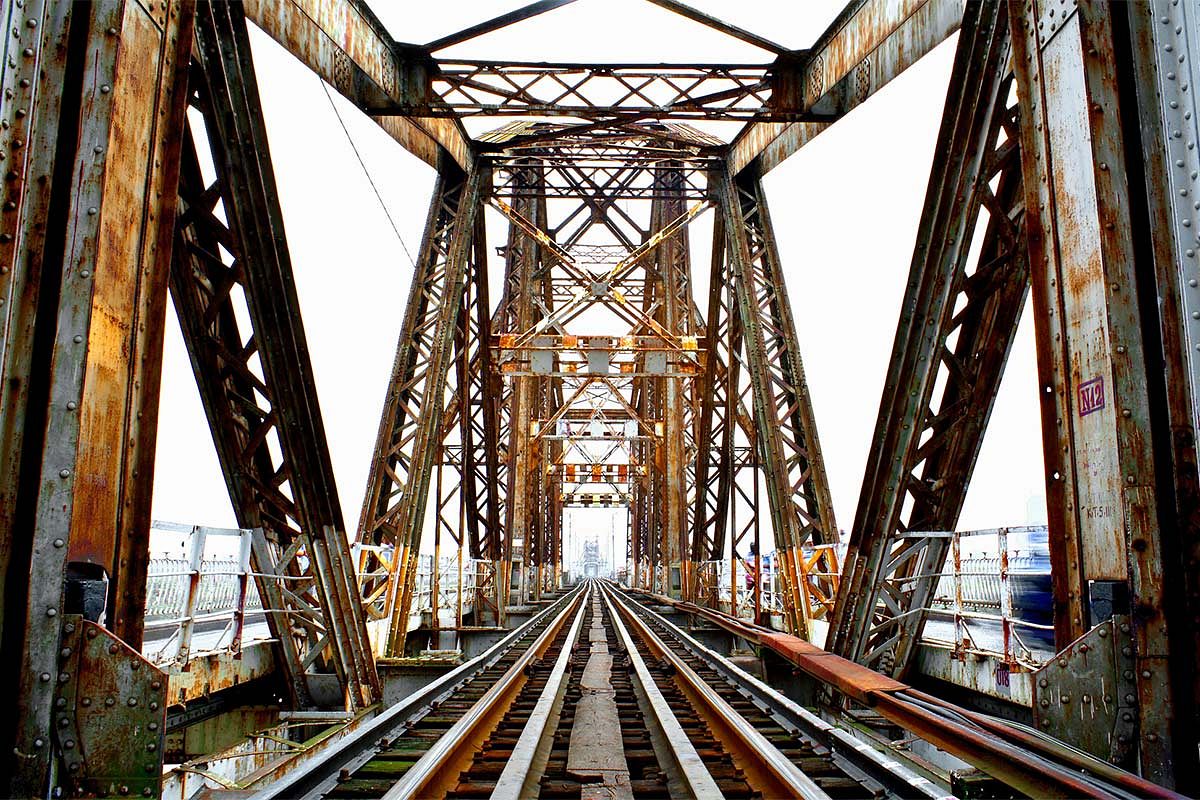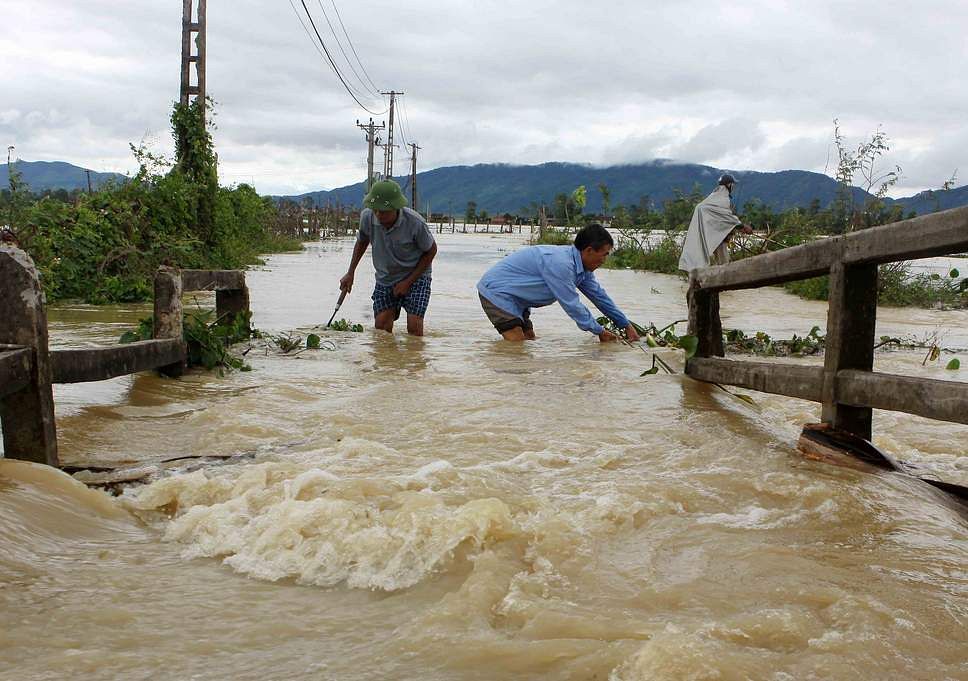The casino inside the UNESCO World Heritage site lost VND127 billion (US$5.58 million) in 2017, which is seven times higher than in 2016.
The Royal International Corporation (RIC), which runs the casino, blames a drop in foreign visitors for a 37% decrease in profits in 2017, compared with the previous year, according to DTI.
RIC reports that most of the losses were incurred by its casino operation, but its hotel, villa and entertainment offerings also contributed to the dismal year. The casino opened in 2003 and was initially successful, but profits began to decline in 2010 and by 2013 it was losing money.
The situation is not unique to the Ha Long Bay casino. Four of the nation’s six large gambling operations reported losses last year.
A change in laws might improve their fortunes in the future, however. Since allowing casinos in 1992, Vietnam has restricted Vietnamese citizens from entering. That, however, changed in late 2017, when the government established a three year trial period for natives. Initially, Vietnamese gamblers will have to show proof of economic stability to be able to play and then only in two casinos - Phu Quoc, or Quang Ninh, which is just outside Ha Long Bay. Both of them are still under construction.
The new law seems to have inspired optimism in investors, eager to look past the recent losses. In addition to a new airport being built to help support the impending casino in Quang Ninh, the Thua Thien-Hue provincial People’s Committee recently asked for government permission to expand the Laguna Lang Co casino and raise investment capital from US$875 million to US$2 billion. Construction also recently began on casinos in Hoi An and Ho Tam.
[Photo via VietnamBiz]














